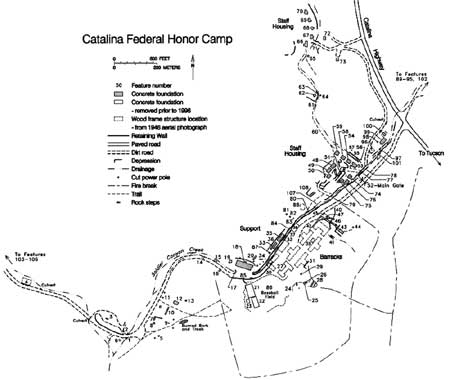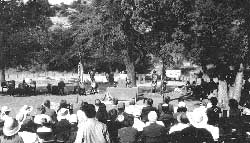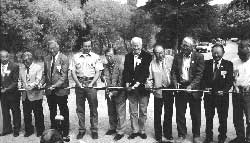|
National Park Service
Confinement and Ethnicity An Overview of World War II Japanese American Relocation Sites |

|
Chapter 18
Federal Bureau of Prisons
No Japanese American was ever charged and convicted of sabotage or spying during World War II. However, over a hundred Japanese Americans who sought to challenge the internment were convicted and sentenced to terms in federal prisons. These cases, highlighted in recent research (see, for example, work by Abe n.d.; Erickson 1998a, 1998b; Uyeda 1993), belie the perception that the Japanese American community passively accepted the relocation and internment.
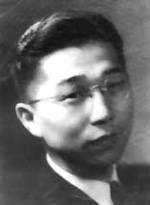 Figure 18.1. Gordon Hirabayasi in 1942. (Seattle Times photograph) |
Gordon Hirabayashi, Minoru Yasui, and Fred Korematsu challenged the government's actions in court. Minoru Yasui had volunteered for military service after the Japanese attack on Pearl Harbor and was rejected because of his Japanese ancestry. An attorney, he deliberately violated the curfew law of his native Portland, Oregon, stating that citizens have the duty to challenge unconstitutional regulations. Gordon Hirabayashi, a student at the University of Washington, also deliberately violated the curfew for Japanese Americans and disregarded the evacuation orders, claiming that the government was violating the 5th Amendment by restricting the freedom of innocent Japanese Americans (Figure 18.1). Fred Korematsu changed his name, altered his facial features, and went into hiding. He was later arrested for remaining in a restricted area (Davis 1982:118). In court, Korematsu claimed the government could not imprison a group of people based solely on ancestry.
All three lost their cases and the Supreme Court upheld the convictions of Hirabayashi and Yasui in June of 1943 and that of Korematsu in December 1944. Yasui spent several months in jail and was then sent to the Minidoka Relocation Center. Korematsu was sent to the Topaz Relocation Center while awaiting trial. Hirabayashi refused bail since he then would have been sent to a relocation center; he therefore spent several months in the King County jail in Washington. After the Supreme Court decision Hirabayashi served the remaining 3 months of his sentence at the Catalina Federal Honor Camp in Arizona.
Other protests by Japanese Americans were connected with military service. When the war began, many of the Japanese Americans who were in the military were dismissed, and U.S. citizens of Japanese ancestry were classified as enemy aliens ineligible for military service. However in May 1942, the 100th Infantry Battalion was formed in Hawaii, where the majority of Japanese American residents were not interned. The prohibition against other Japanese Americans serving in the military was lifted in early 1943, and the draft was re-instated for Japanese Americans on January 20, 1944. The all-Nisei 442nd Regimental Combat Team joined the 100th Infantry Battalion in Europe in June 1944. Over 33,000 Nisei served in World War II, with over 6,000 of them in the Pacific Theater (NJAHS 1995:70, 77).
However, there were protests over the internment both within and outside the military. In March 1944, 106 Nisei soldiers at Fort McClellan in Alabama refused to undergo combat training while their families were held behind barbed wire without trial. Twenty-eight were court-martialed and sent to Leavenworth prison with sentences from 5 to 30 years (Nakagawa 1999; NJAHS 1995:76-77).
 Figure 18.2. Trial of 63 Japanese American draft resisters from the Heart Mountain Relocation Center. (from NJAHS 1995) |
More than 300 internees refused to be drafted into the military until their constitutional rights as citizens were restored (Figures 18.2-18.4). The resisters did not object to the draft, in itself, but hoped that by defying the conscription orders they would clarify their citizenship status. If they were to share in the rights and duties of citizens, why did the government forcibly incarcerate them and their families? If their loyalty was in question, why were they being drafted?
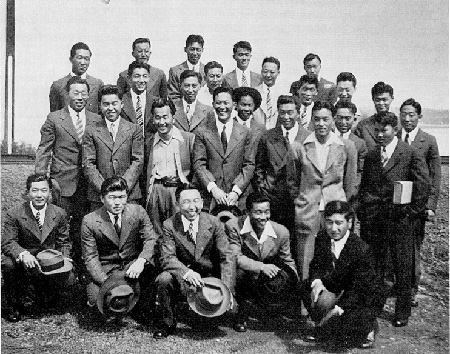 Figure 18.3. Draft resisters just released from McNeil Island wearing government-issued suits. (from Uyeda 1993) |
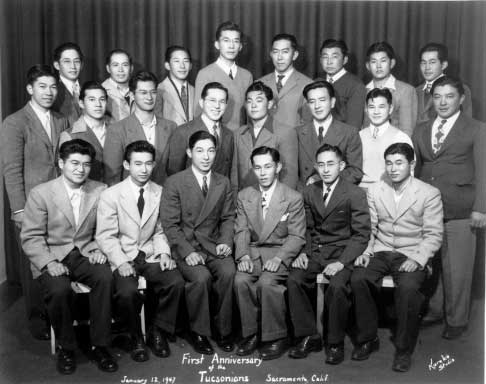 Figure 18.4. Japanese Americans imprisoned at the Catalina Federal Honor Camp at their first reunion in 1946. (photograph courtesy of Kenji Taguma) |
At least two federal judges agreed with the resisters' position. Charges against 26 resisters from the Tule Lake Segregation Center were dismissed by Judge Louis Goodman, who said in his decision "It is shocking to the conscience that an American Citizen be confined on the grounds of disloyalty and then while so under duress and restraint, be compelled to serve in the Armed Forces or prosecuted for not yielding to such compulsion" (Associated Press 1944). Some 100 resisters from the Poston Relocation Center were fined 1 cent each, the judge deciding that the imprisonment of the relocation center itself was sufficient punishment (Weglyn 1976:303). However, other resisters were sentenced to up to 3 years in federal prisons. Young draft resisters from the Heart Mountain Relocation Center were sent to the McNeil Island Federal Penitentiary in Washington; older men were sent to the Leavenworth Federal Penitentiary in Kansas. Draft resisters from Granada and other relocation centers were sent to the Catalina Federal Honor Camp in Arizona. The draft resisters were pardoned in 1947 by President Harry S. Truman. However, the questions of whether citizens must "prove" loyalty when their rights have been revoked, and how citizens can best stand up for civil rights, have still not been resolved.
Catalina Federal Honor Camp, Arizona
The Catalina Federal Honor Camp is located in the Santa Catalina Mountains, northeast of Tucson, Arizona. The camp was established in 1939 within the Coronado National Forest to provide prison labor to build a highway that would allow Tucson residents easier access to the cooler elevations of the mountain. In the 1940s the Honor Camp included four barracks, a mess hall, a laundry, a powerhouse, a storeroom, a garage, a vocational shop, and a classroom. In addition, there was an administration building, ten masonry and five frame cottages for the prison personnel, and water supply and sewage disposal systems (Bureau of Public Roads 1951:22; Figures 18.5 and 18.6). Other facilities included a chicken and turkey farm and a baseball field (Figure 18.7). On a 10-acre farm below the mountain the inmates raised vegetables.
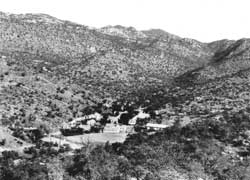 Figure 18.5. Catalina Federal Honor Camp, ca. 1945. (photograph courtesy of the Coronado National Forest) |
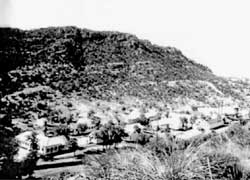 Figure 18.6. Catalina Federal Honor Camp, ca. 1945. (photograph courtesy of the Coronado National Forest) |
During World War II many of the prisoners at the Honor Camp were draft resisters and conscientious objectors. After the Supreme Court upheld his convictions for disobeying curfew and relocation orders, Gordon Hirabayashi completed his sentence there. Some 45 Japanese American draft resisters were also sent to the Honor Camp to serve their sentences. The majority of the resisters were from the Granada Relocation Center in Colorado; others came from Poston and Topaz. In contrast to Gordon Hirabayashi, who had to hitchhike from Seattle to Tucson to serve his sentence, the resisters were transferred to the Honor Camp in leg irons and under armed guard. Ironically, security at the Honor Camp was far less stringent than it was in the Relocation Centers: instead of fences and guard towers, the perimeter of the Honor Camp was marked by white painted boulders. The inmates broke rocks with sledge hammers, cleared trees, and drilled holes for dynamite for the road work, as well as worked to maintain the camp and grow food and cook for the prison population.
Table 18.1. Archeological Features at the Catalina Federal Honor Camp, Coronado National Forest (keyed to Figure 18.13).
|
1. Rock and concrete bridge/ford. |
38. Concrete slab and concrete retaining wall. |
74. Concrete slab. |
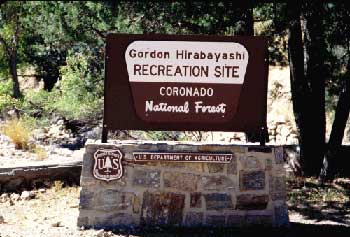 Figure 18.16. Sign at the site of the Catalina Federal Honor Camp. |
After the highway was completed in 1951, the camp was used for juvenile offenders; inmates ran a logging and sawmill operation and a sign shop. In 1967 the camp was turned over to the state of Arizona, which used the camp as a youth rehabilitation center until 1973. All of the buildings were razed in the mid-1970s, but over 100 features, including concrete foundation slabs and rock walls, remain (Figures 18.8-18.13; Table 18.1; Farrell 1986). The Coronado National Forest is developing the old prison site into the "Gordon Hirabayashi Recreation Site" named in honor of its most famous prisoner (Figures 18.14-18.16). The site serves as a campground and trail head, and will include interpretive signs which will focus on prisoners' experiences and the Constitutional issues raised by the internment during World War II. |
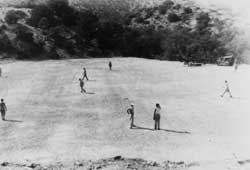 Figure 18.7. Baseball field at the Catalina Federal Honor Camp. (photograph courtesy of the Coronado National Forest) |
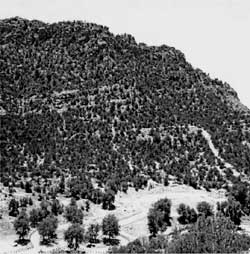 Figure 18.9. Site of the Catalina Federal Honor Camp today. (John A. McDonald photograph) |
 Figure 18.8. Catalina Federal Honor Camp in 1954. (from USGS Bellota Ranch, Arizona, 1:50,000) | |
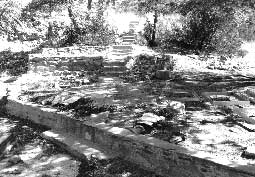 Figure 18.10. Rock walls near the location of the administration building at the site of the Catalina Federal Honor Camp. |
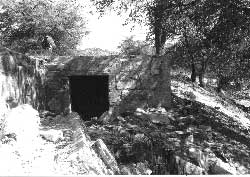 Figure 18.11. Basement in the staff housing area at the site of the Catalina Federal Honor Camp. |
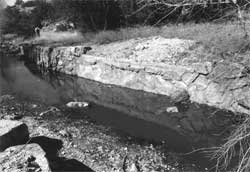 Figure 18.12. Retaining wall along Soldier Canyon Creek, Catalina Federal Honor Camp. |
|
Leavenworth Federal Penitentiary, Kansas
The Leavenworth Federal Penitentiary, 15 miles northwest of Kansas City, Kansas, is located on 1,583 square acres with 22.8 acres inside the penitentiary walls (Figure 18.17). Construction of the prison began in 1897, using labor from the nearby U.S. Army Disciplinary Barracks at Fort Leavenworth. Inmates of the Army Disciplinary Barracks, in fact, were also the first to be incarcerated at the prison, in 1903. The first cell house opened in 1906, and the prison was completed in the mid-1920s.
Older draft resisters from the Heart Mountain Relocation Center were incarcerated at Leavenworth, as well as the seven leaders of Heart Mountain's Fair Play Committee who were convicted of counseling others to resist the draft. The 28 solders from Fort McClellan who protested the internment and other discrimination were also sent to Leavenworth, but civilian and military prisoners were kept separate. Today Leavenworth is the largest maximum security prison in the United States, housing about 2,000 inmates.
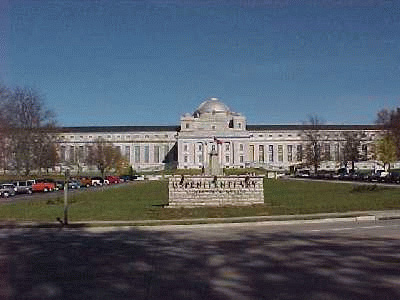 Figure 18.17. Leavenworth Federal Penitentiary today. |
McNeil Island Federal Penitentiary, Washington
The McNeil Island Federal Penitentiary was on an island in the southern portion of Puget Sound 10 miles southwest of Tacoma. The island was originally settled in the late 1800s. When the Federal Penitentiary was built in the 1920s and 1930s, it incorporated some of the original buildings. For instance, the chaplain's house was originally a settler's house. If not for the fences and guard towers, the penitentiary might have resembled a small town: in addition to cell houses, it included a boat dock, a ferry landing, a boathouse, ship sheds, a dry dock, a hospital, officers' quarters, bachelor officers' quarters, a warden's house, automobile garages, a library, a reservoir, a utility building, a cannery, warehouses, a workshop, a school for employees' children, a machine shop, farms, a farm dormitory, a farm kitchen, a cattle ranch, and a poultry farm (Figures 18.18-18.21).
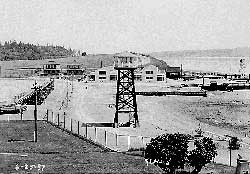 Figure 18.18. McNeil Island Federal Penitentiary in 1937. (National Archives photograph) |
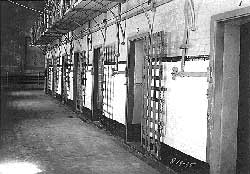 Figure 18.19. Cell House #1, McNeil Island Penitentiary. (National Archives photograph) |
Younger draft resisters from the Heart Mountain Relocation Center were incarcerated at McNeil Island. Gordon Hirabayashi was also incarcerated here, along with numerous other conscientious objectors, including Jehovah's Witnesses. Like the Catalina Honor Camp, McNeil Island was a work prison, and inmates held a variety of jobs, including canning fish, clearing land, and farming. Today McNeil Island is a medium-security state correctional facility housing about 1,000 male inmates.
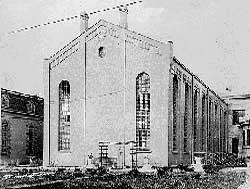 Figure 18.20. Cell House #2, McNeil Island Penitentiary. (National Archives photograph) |
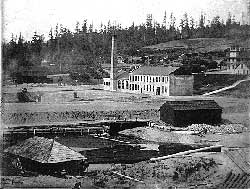 Figure 18.21. Prison buildings at the McNeil Island Penitentiary. (National Archives photograph) |

| <<< Previous | <<< Contents>>> | Next >>> |
wacc/74/chap18.htm
Last Updated: 20-Feb-2004
